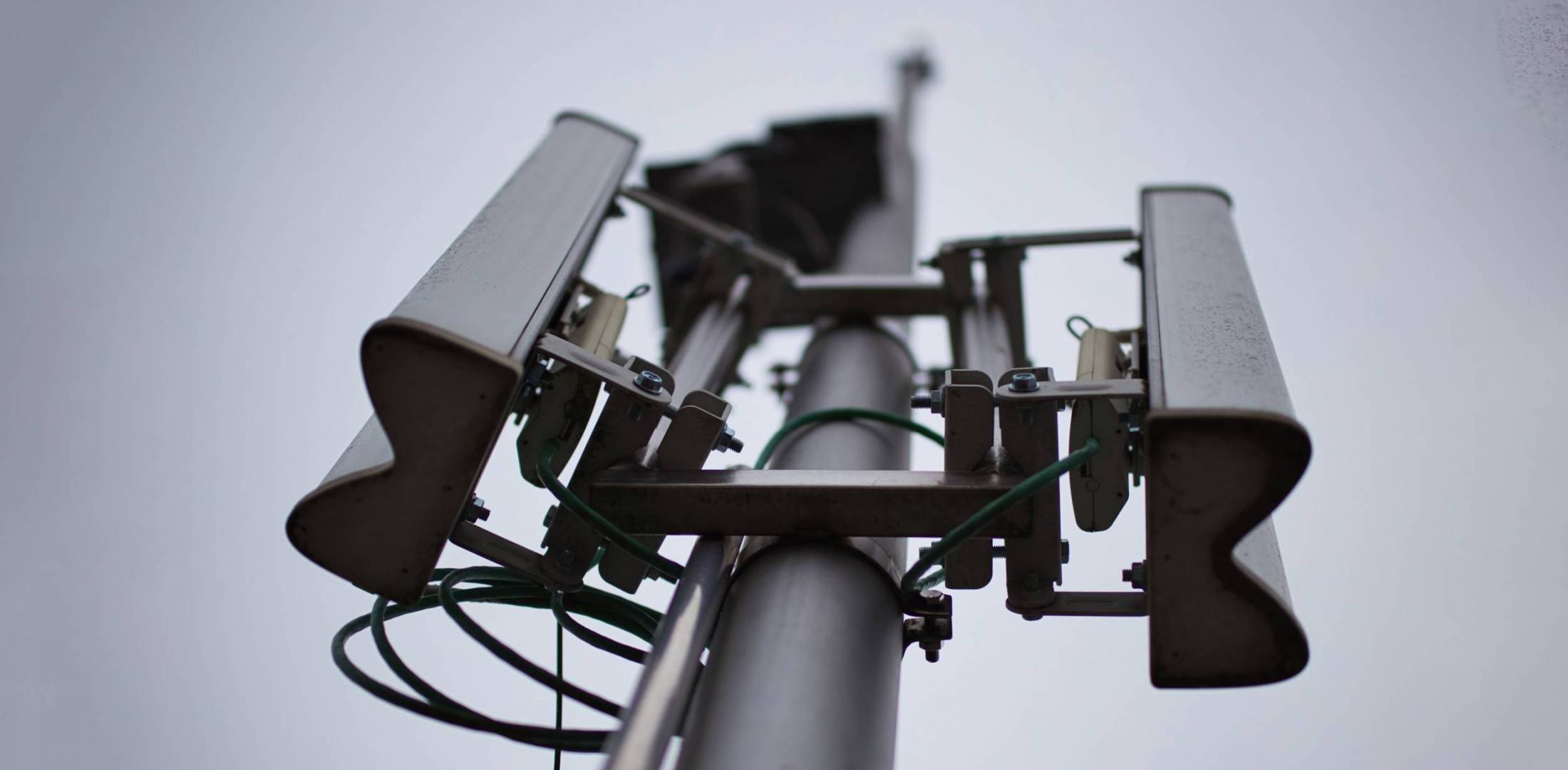The potential for 5G signal interference with radio altimeters in airplanes flying into and out of U.S. airports continues to alarm airlines around the world, as the Federal Aviation Administration refuses to budge from what the industry calls arbitrary deadlines for upgrades to cockpit avionics despite the absence of a Notice of Proposed Rulemaking (NPRM).
The FAA deferred a previous July 5 deadline for airlines to either modify or install new radio altimeters in their airplanes after telecommunications giants Verizon and AT&T again agreed to suspend plans to activate 5G signals in the so-called C-Band within two miles of affected airport runways. The temporary reprieve for the airlines stands to end for some airplane models—including many operated by regional airlines—at the end of the year. Others, including commercial aircraft operated by most major airlines, face a deadline of July 2023, when another 19 telecom companies expect to activate their 5G networks to the full capacity authorized by the Federal Communications Commission (FCC).
The issue centers on the close proximity of the frequency bands in which 5G and the altimeters operate. Commercial aviation radio altimeters operate in the 4.2 to 4.4 GHz range, while 5G signals fall within the 3.7 to 3.98 GHz range, part of the C-band. The problem potentially arises in cases of radio altimeters’ “bleed over” into 5G networks’ part of the spectrum.
The FAA has classified various aircraft models needing upgrades into three groupings, the first of which encompasses Embraer ERJ-145s and all E-Jets. Group 2 covers Airbus A310s, A320s, A330s, and A340s using Thales equipment. Operators of aircraft in Groups 1 and 2 must complete their upgrades by the end of this year.
Group 3 consists of three “steps,” which an FAA spokesman said sets the order of priority for the retrofits of the remaining models affected. Step 1 covers Boeing 777s and Airbus A380s; Step 2 covers Boeing 747-8s and A310s, A320s, A330s, and A340s with Collins equipment; and Step 3 encompasses all Bombardier CRJs and the remaining Boeing fleet. Operators must complete the upgrades to airplanes in Group 3 by next July.
Airlines have expressed frustration with what one official called a “lack of a regulatory paper trail” detailing the requirements following a June 14 letter from FAA acting administrator Billy Nolan to stakeholders “to act with haste” to install radio frequency filters in radio altimeters. By mid-June the FAA did hold a series of roundtable talks with airline association leaders to help offer guidance but, in letters sent on June 17 to Nolan by Airlines for America (A4A) and the Regional Airline Association (RAA) and another on July 18 by a group of eight global airline associations led by the International Air Transport Association (IATA), they all expressed frustration with what they consider lack of transparency over the telecommunications companies’ specific plans for deployment and when the FAA intends to replace the system now in place that relies on notices to air missions (Notams) and alternative methods of compliance (AMOCs).
Airline representatives also point to a lack of service bulletins communicating the details of the required modifications while calling the FAA’s referral to OEMs for information on the terms of the deadlines “unacceptable.”
In fact, during a July 7 FAA roundtable, radio altimeter manufacturers reported that supply chain disruptions will make it “extremely difficult” to deliver enough retrofit kits to allow airlines to meet the July 2023 deadline, according to the letter from the eight airline associations.
One airline industry and former FAA official speaking with AIN on the condition of anonymity complained of an undue influence telecom companies wield in Washington, referring to a “revolving door” between the FCC and the industry. Meanwhile, he said, the FAA “dropped the ball” by not advocating for the aviation industry even while airlines sounded alarms over the issue for years.
For its part, the FAA responded to the question of the need and timing of an NPRM in a written statement indicating it would continue to collaborate with industry leaders to ensure they can meet the deadlines.
“We continue to engage with the manufacturers and aircraft operators to ensure that the retrofits are completed by July 2023, when the voluntary mitigations by the wireless carriers expire,” it said. “We will take specific regulatory action as necessary.”
The FAA argues that its efforts—particularly involving negotiations with wireless providers—resulted in a yearlong delay in the telecom companies’ lifting of mitigation measures to July 2023. However, it concedes that without additional action by the FCC to cap transmissions at currently attainable power levels, it cannot guarantee that aircraft might have to undergo further retrofits in three to five years when the equipment capable of transmitting at the maximum power levels approved by the commission goes into widespread use.
